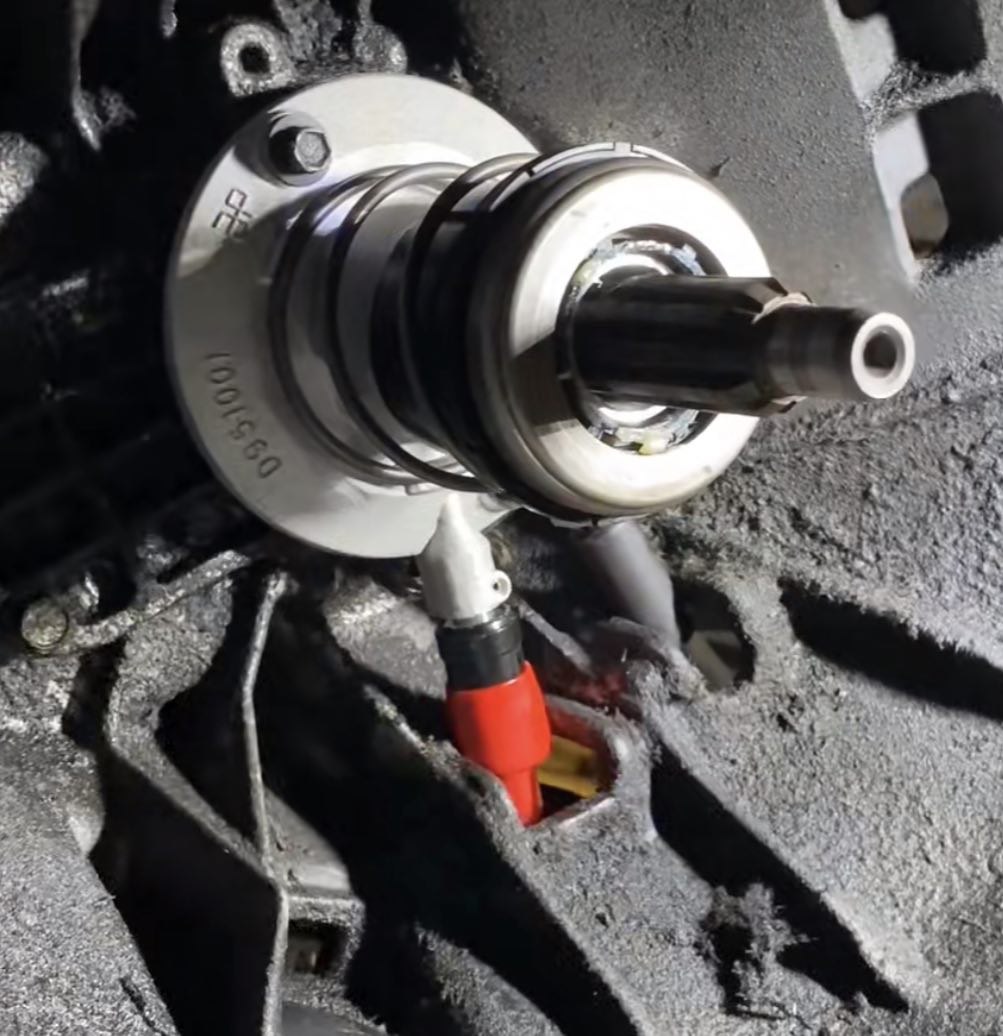If you own a Ford Ranger, then you may be familiar with the issues associated with its slave cylinder. The slave cylinder is an important part of your vehicle’s clutch system; it can cause serious problems when it fails. In this article, we will discuss what causes Ford Ranger slave cylinder issues, how to diagnose them, and what replacement parts are available. Additionally, we will provide step-by-step instructions on installing a new slave cylinder on your Ford Ranger. By understanding these components and their associated problems, you can better identify and resolve any issues that arise with your vehicle’s clutch system.
Causes of Ford Ranger Slave Cylinder Issues

Diagnosing a Faulty Slave Cylinder
The first step in diagnosing slave cylinder problems is to check the fluid level in the reservoir. If it is low, then this could be an indication of a faulty seal or hose. Additionally, you should pay attention to any changes in the clutch pedal’s feel when you press it. If you notice that it is harder to press or does not return as quickly as usual, this could indicate something is wrong with your slave cylinder. You can also try disconnecting the flexible hose from the slave cylinder and seeing if any air is escaping through it; this could indicate a broken seal or damaged piston inside the cylinder itself. Also read about Best Replacement Shocks for Ford Ranger 4×4.
How to Install a New Slave Cylinder on Your Ford Ranger
Installing a new slave cylinder on your Ford Ranger is a process that requires specific steps to ensure you have a successful installation. Here’s how to do it:
-
Begin by ensuring that all fluid has been drained from the clutch system. The master and slave cylinders must both be completely empty of any old fluid before you install the new slave cylinder.
-
Remove the bolts from the bellhousing of the transmission, then unbolt and remove the old slave cylinder from its mounting bracket. Take care not to damage or mar any parts when removing it, as this can lead to leaks in your system after installation.
-
Clean off any dirt or rust that may have built up around the mounting points where you will be attaching your new slave cylinder, using a wire brush or rag if necessary. This is an important step for avoiding future problems with proper seating of the parts and prevents premature failure due to corrosion within the system.
-
Install your new slave cylinder into position on its mounting bracket and secure it with bolts tightened snuggly but not overly tight – you don’t want to strip any threads in this process! Connect all necessary lines and hoses as well at this time, following manufacturer instructions for safe and effective attachment methods should they differ from standard practices for similar components in other vehicles such as hose clamps versus one-way valves etcetera .
-
Bleed out all air bubbles in your hydraulic system before operating your vehicle, using either vacuum bleeding or manual bleeding processes (again following manufacturer instructions). Be sure to top off all fluids as needed after filling them initially during installation of course!
Final Thoughts
Solving Ford Ranger slave cylinder issues can be a relatively straightforward process when you have the right tools and information. By understanding the components of your vehicle’s clutch system, you can better identify and address any problems. Additionally, by purchasing parts from a trusted source and following the instructions provided with replacement parts or found in an applicable manual, you can install new slave cylinders on your vehicle with relative ease. With this knowledge, you will be better equipped to maintain and repair your Ford Ranger quickly and efficiently.

